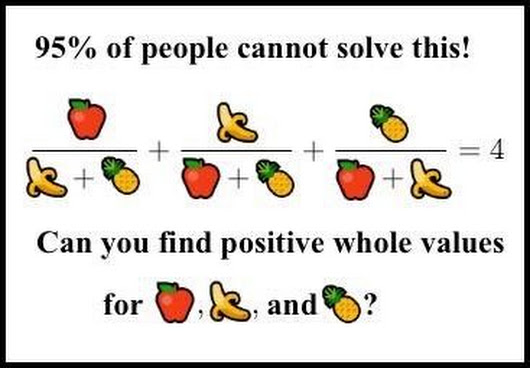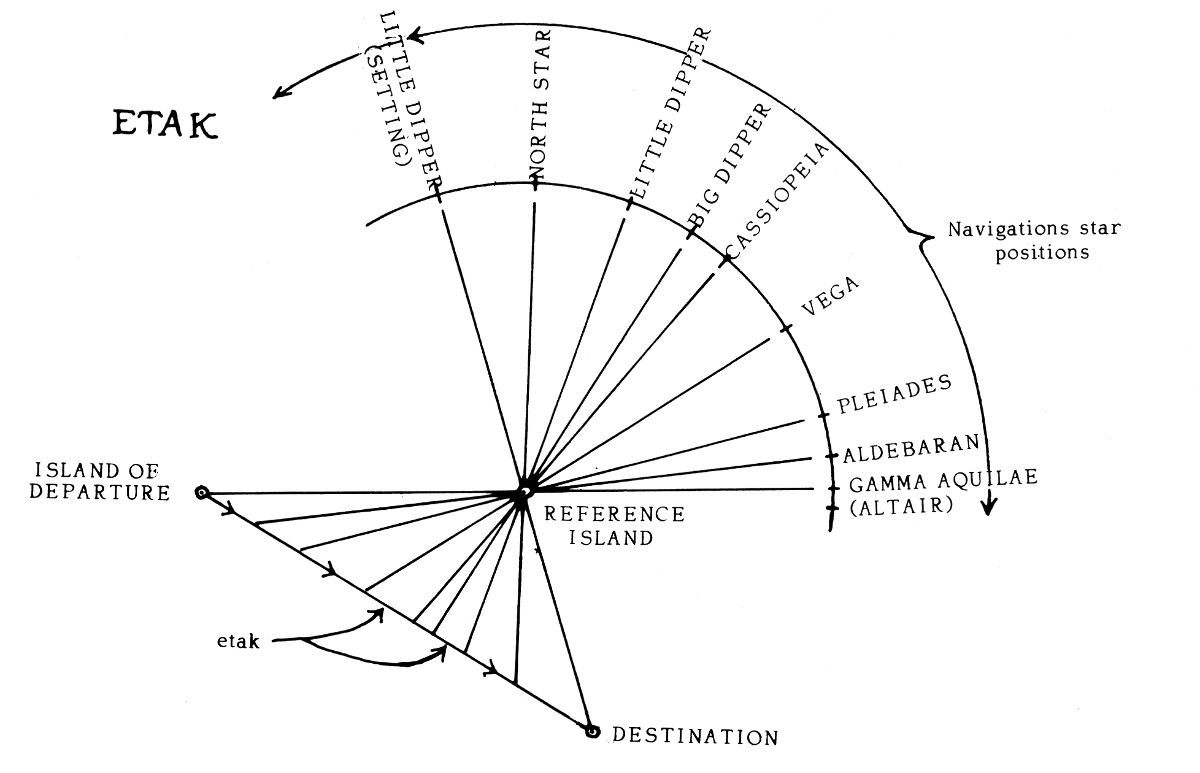
Image: Sridhar Ramesh
This innocent-looking poser has been floating around social media. Trial and error might lead you to the solution (-1,4,11) — that’s not quite valid, as one of the values is negative, but it’s simple enough to be encouraging. Right?
It turns out that the problem is stupendously hard — solving it requires transforming the equation into an elliptic curve, and the smallest positive whole values that work are 80 digits long!
Scottish mathematician Allan MacLeod introduced the problem in 2014, and it found its way onto the web in this Reddit thread. Alon Amit runs through a solution here, but it’s very steep. He writes, “Roughly 99.999995% of the people don’t stand a chance at solving it, and that includes a good number of mathematicians at leading universities who just don’t happen to be number theorists. It is solvable, yes, but it’s really, genuinely hard.”
(Thanks, Chris.)




